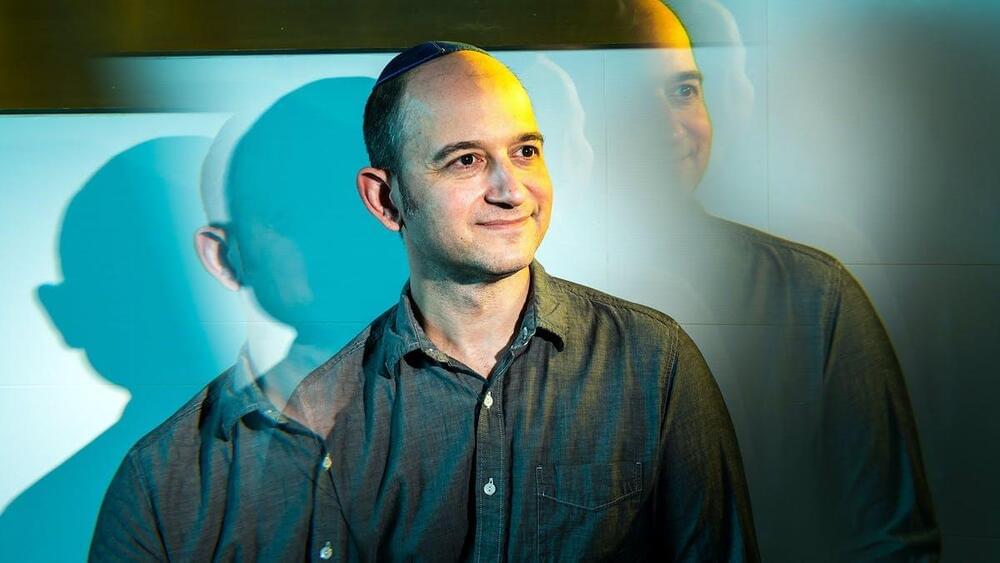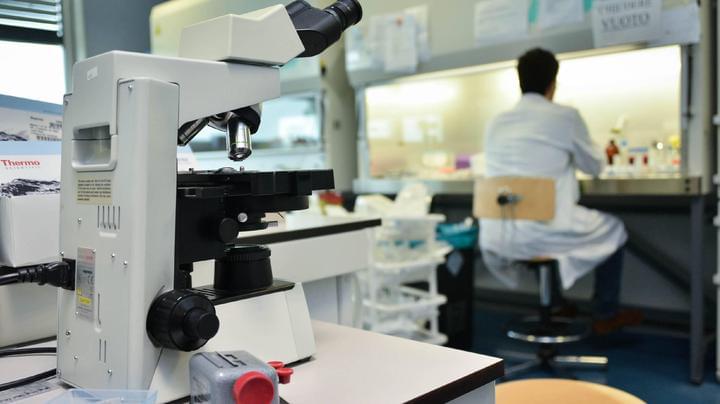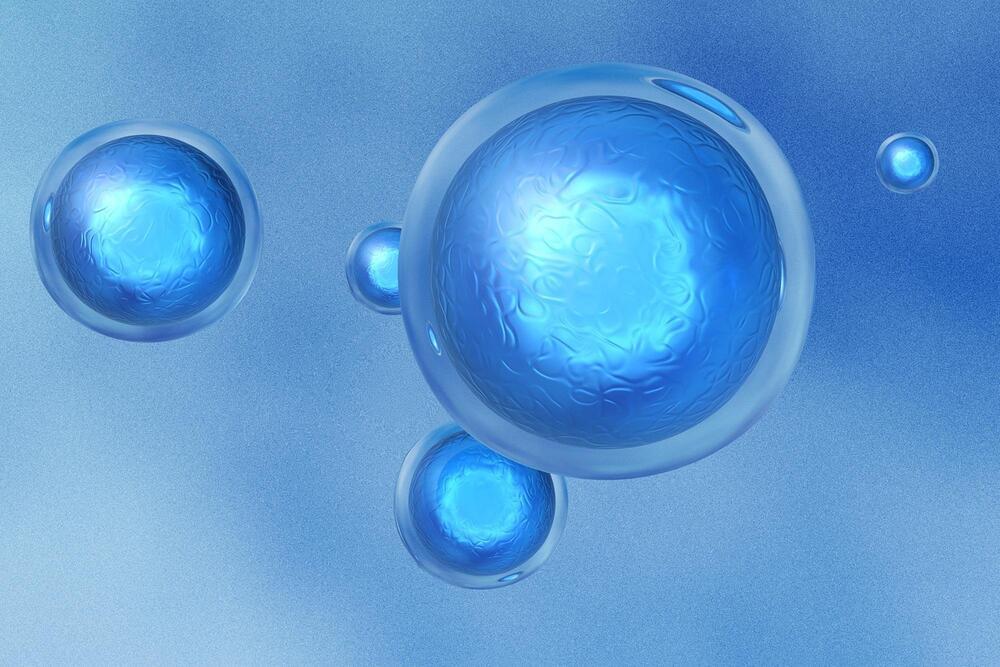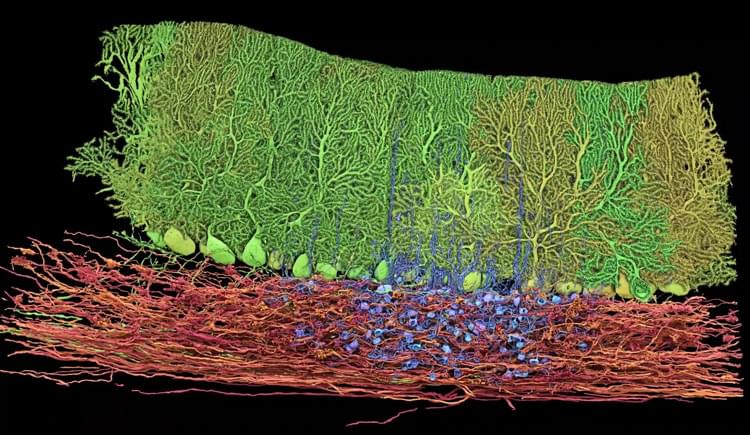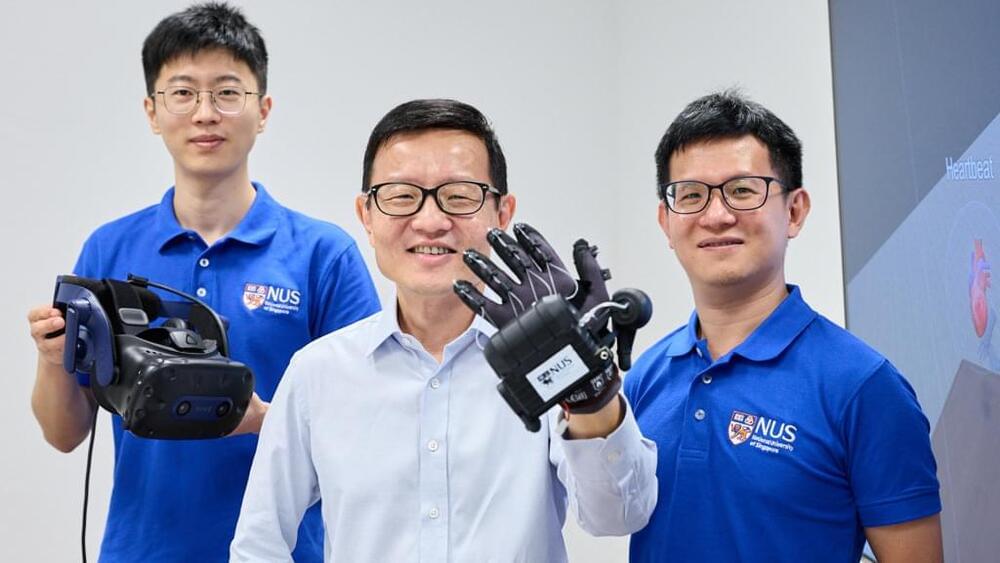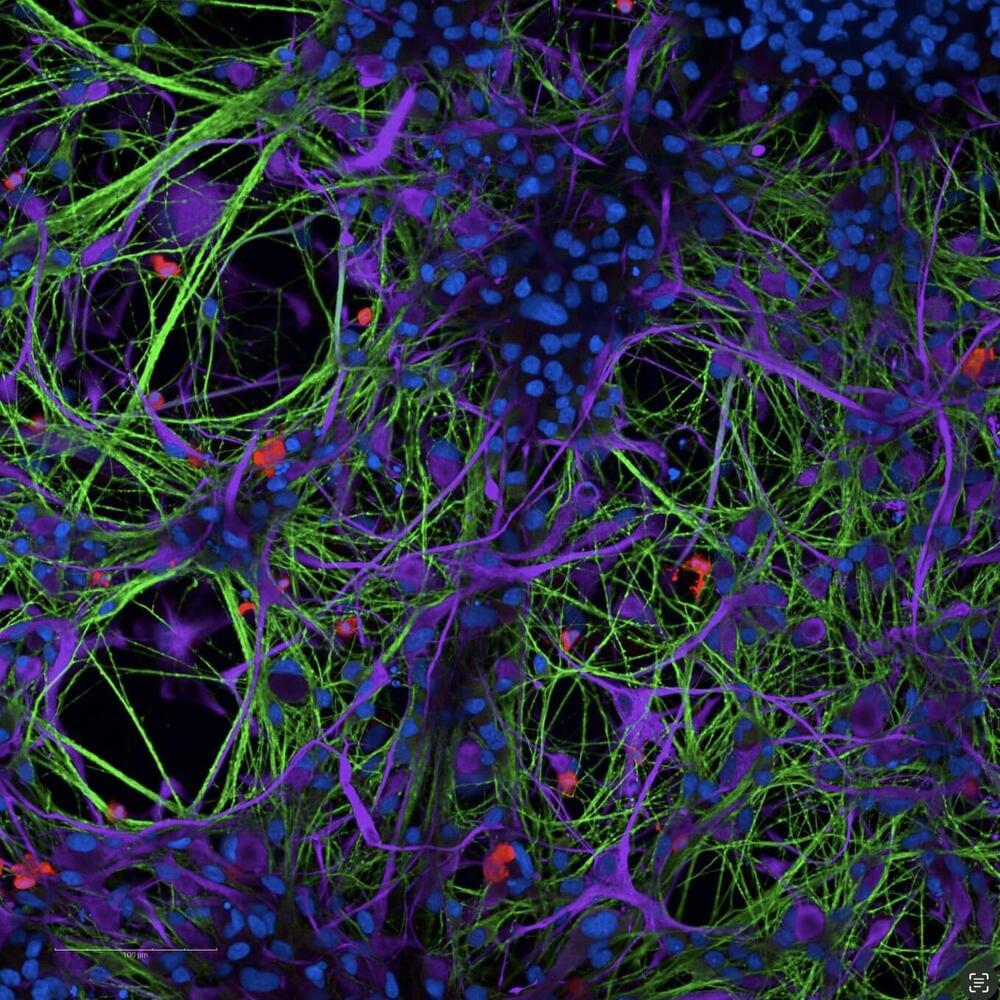OpenAI has sparked an explosion of funding and software development around artificial-intelligence software that understands human language. While the technology still makes plenty of mistakes, new applications are coming out in droves, from tools that help marketers write copy to audio chatbots that may be able to negotiate discounts for customers of a companies like Comcast.
Last week, subscribers of The Information joined a conference call about the year ahead in AI with Noam Shazeer, CEO of Character, which is developing chatbots similar to OpenAI’s ChatGPT and who co-authored a seminal research paper on that subject while working at Google; and Clement Delangue, CEO of Hugging Face, which runs a Github-like service for software engineers to store their machine learning models.
